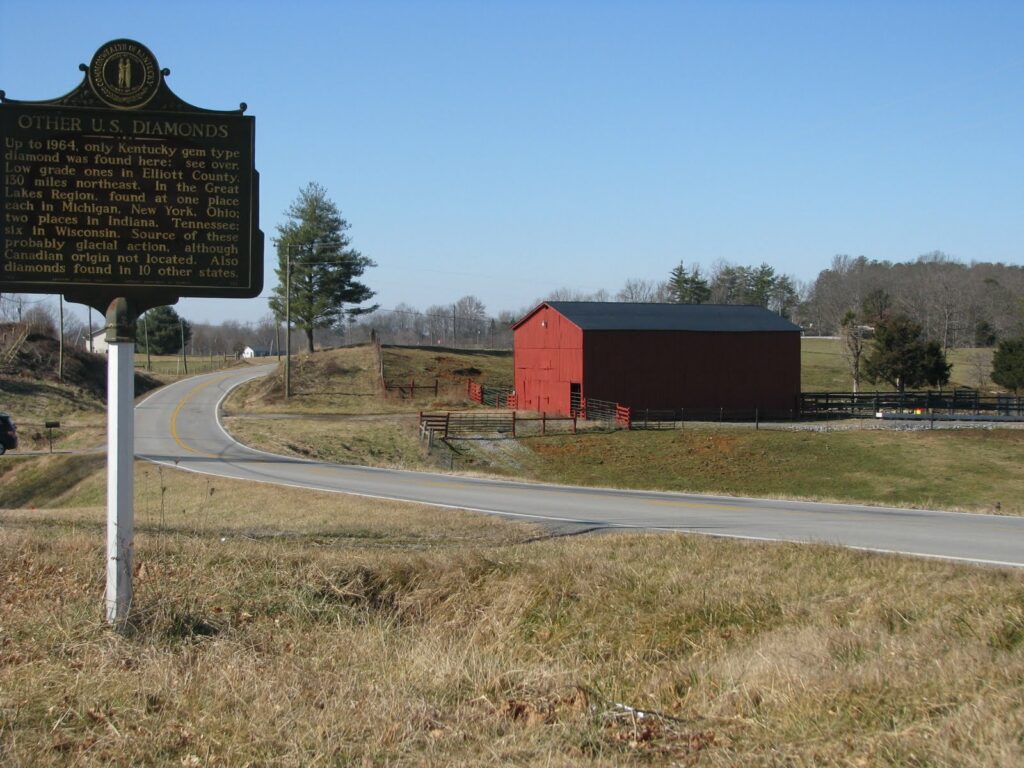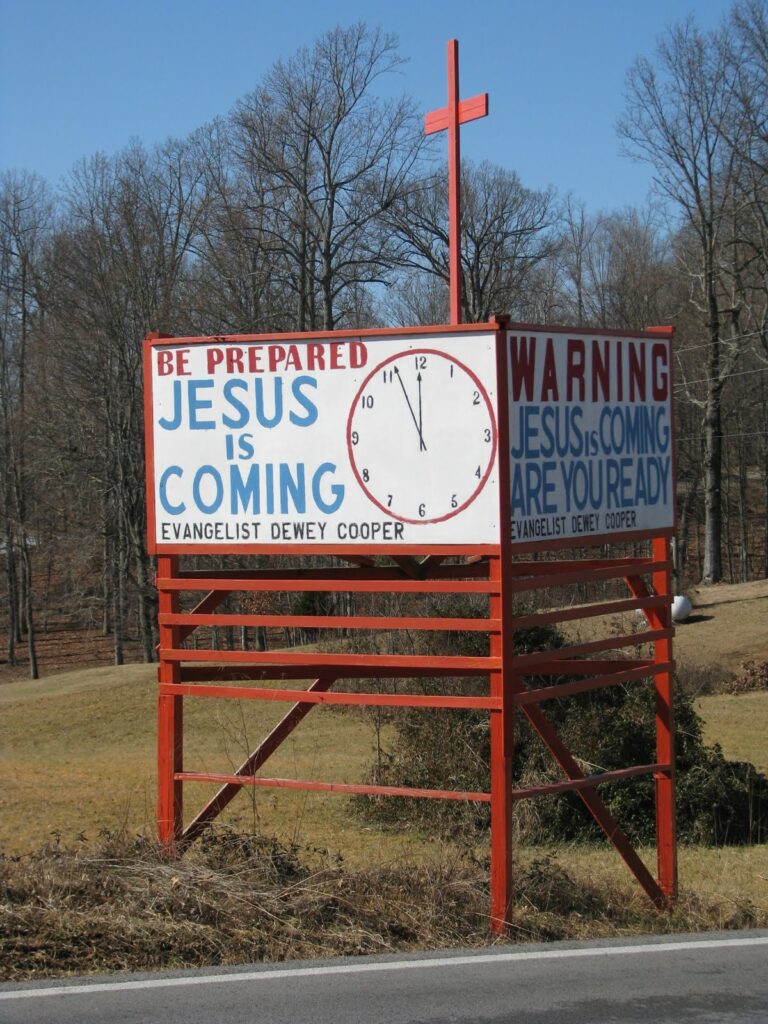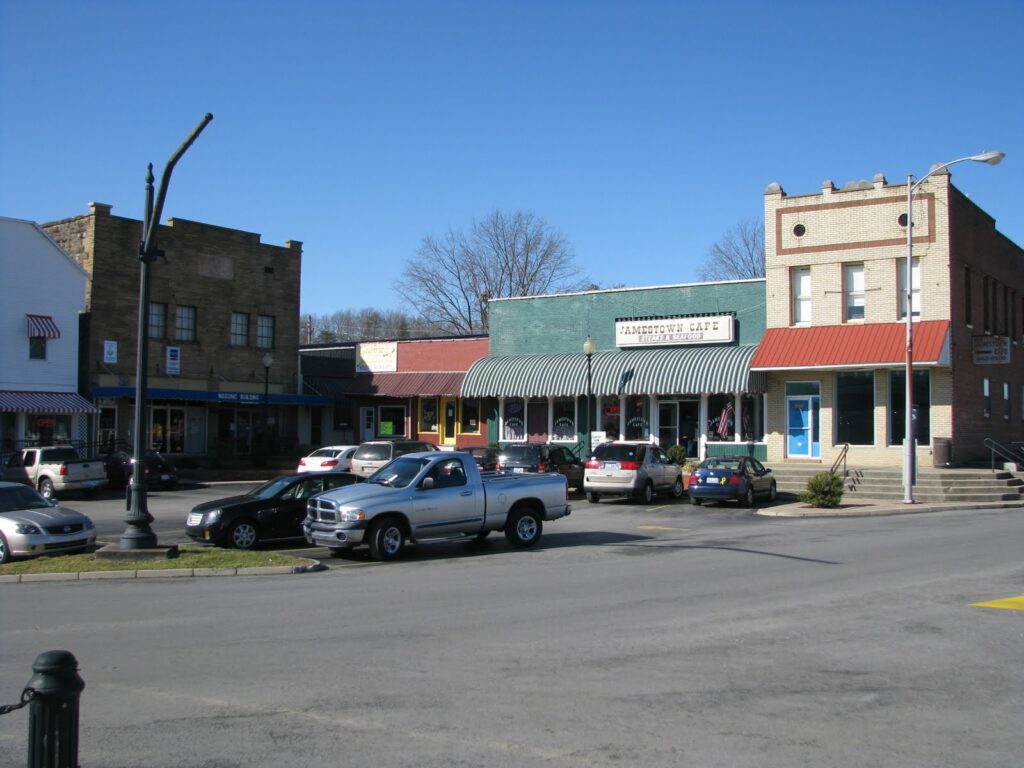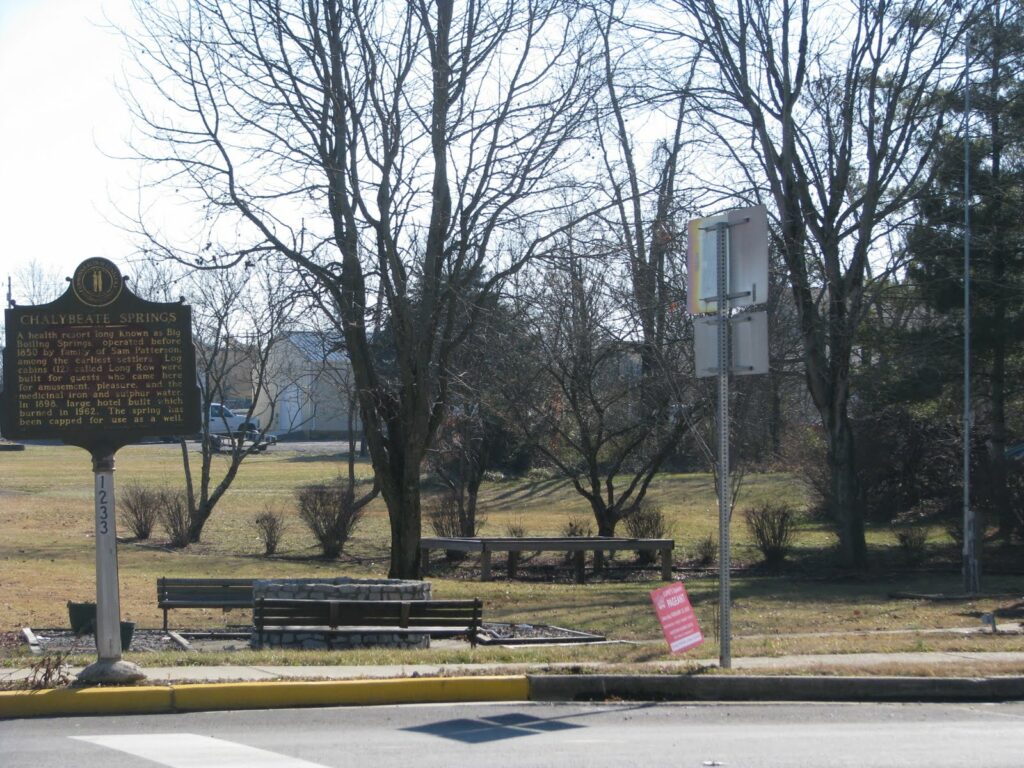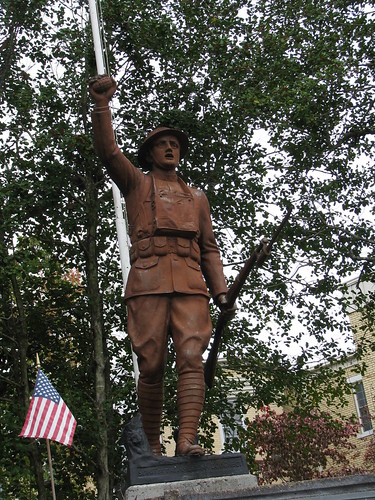 |
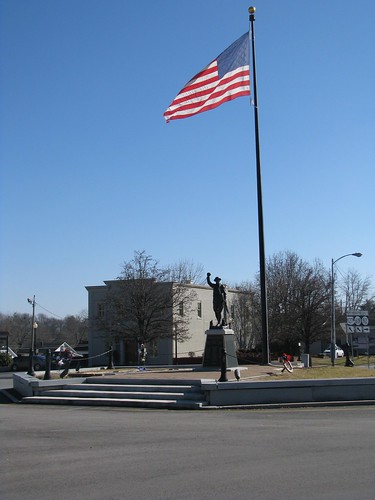 |
|
| Doughboy – Grayson, Ky. | Doughboy – Jamestown, Ky. |
I’m sure that around the country, hospitals will see an uptick in deliveries and scheduled caesareans. And many couples will share their nuptials on this memorable date: 11-11-11. Grooms won’t have to worry about forgetting that anniversary!
 |
| Morehead, Ky. |
But November 11 also has a symbolic meaning in our country and around the globe for on “the eleventh hour of the eleventh day of the eleventh month” in the year 1918, hostilities with Germany ended thus concluding “The Great War” (n/k/a World War I). In America, this date was celebrated for years as Armistice Day until after the conclusion of another great war – World War II – that the date became known simply as Veteran’s Day. In other countries, November 11 is referred to as Remembrance Day.
I am particularly fond of the original term Armistice Day because of its historic context. The young Americans in the early part of the twentieth century crossed the ocean to fight the Germans in an era when crossing the ocean wasn’t something you did for reasons other than immigration. Earlier this year, Frank Buckles of Missouri passed away – he was the last of the American doughboys from World War I.
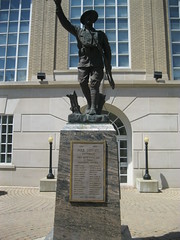 |
| Pikeville, Ky. |
Statues of World War I doughboys stand in memorium around America in front of courthouses, in cemeteries and in town squares. In fact, the doughboy statue is the most reproduced life-size statue in America with 140 known copies. First designed and sculpted by E.M. Viquesney in 1920, “The Spirit of the American Doughboy” went through a few design changes over the years. Though most don’t realize it, Viquesney’s doughboy is likely the most witnessed sculpture in the United States other than the Statue of Liberty herself.
In Kentucky, eight Viquesney statues are known to exist in the following towns: Grayson, Harlan, Jamestown, Liberty, Monticello, Morehead, Pikeville and Winchester. The first of these to be installed was the Monticello doughboy in January 1923; the last was in Jamestown 75 years ago today on Armistice Day, 1936.
Whatever its name, it is a day to thank the men and women in uniform who have served our country. And though many people only recognize today as being a day when schools, banks and government offices are closed, it is because our soldiers fought that we can enjoy our freedoms today.
Source: Viquesney Database

